Here is my version. Due to the fact that the linear functions should connect continuously, the parameters are actually less. The offsets b2 and b3, hence, are not fitted, but are a result of reacquiring the linear function to meet at the transitions. Moreover, one might argue that the data does not justify a slope in the beginning or end. This could be justified / checked via the reduced chi-square or other statistical methods.
import matplotlib.pyplot as plt
import numpy as np
from scipy.optimize import curve_fit
XX=np.linspace( 7.5, 9.5, 16 )
YY=np.asarray( [
7, 7, 7, 7.1, 7.3, 7.5, 8.4, 9, 9.3, 9.6,
10.3, 10.2, 10.4, 10.5, 10.5, 10.5
])
yy0 = np.median( YY )
xx0 = np.median( XX )
h0 = 0.8 * min( XX ) + 0.2 * max( XX )
h1 = 0.8 * max( XX ) + 0.2 * min( XX )
def transition( x, x0, s ):
return ( 0.5 * np.pi + np.arctan( ( x - x0 ) * s ) ) / np.pi
def box( x, x0, x1, s ):
return transition( x, x0, s ) * transition( -x, -x1, s )
def my_piecewise( x, a1, a2, a3, b1, x0, x1 ):
S = 100
b2 = ( a1 - a2 ) * x0 + b1 ### due to continuity
b3 = ( a2 - a3 ) * x1 + b2 ### due to continuity
out = transition( -x , -x0, S ) * ( a1 * x + b1 )
out += box( x , x0, x1 , S ) * ( a2 * x + b2 )
out += transition( x , x1, S ) * ( a3 * x + b3 )
return out
def parameter_reduced( x, a2, b1, x0, x1 ):
return my_piecewise(x, 0, a2, 0, b1, x0, x1 )
def alternative( x, x0, a, s, p, y0 ):
out = np.arctan( np.abs( ( s * ( x - x0 ) ) )**p )**( 1.0 / p )
out *= a * (x - x0 ) / np.abs( x - x0 )
out += y0
return out
xl=np.linspace( 7.2, 10, 150 )
sol, _ = curve_fit(
my_piecewise, XX, YY, p0=[ 0, 1, 0, min( YY ), h0, h1 ]
)
fl = np.fromiter( ( my_piecewise(x, *sol ) for x in xl ), np.float )
rcp = np.fromiter( ( y - my_piecewise(x, *sol ) for x,y in zip( XX, YY ) ), np.float )
rcp = sum( rcp**2 )
solr, _ = curve_fit(
parameter_reduced, XX, YY, p0=[ 1, min(YY), h0, h1 ]
)
rl = np.fromiter( ( parameter_reduced( x, *solr ) for x in xl ), np.float )
rcpr = np.fromiter( ( y - parameter_reduced(x, *solr ) for x, y in zip( XX, YY ) ), np.float )
rcpr = sum( rcpr**2 )
guessa = [ xx0, max(YY)-min(YY), 1, 1, yy0 ]
sola, _ = curve_fit( alternative, XX, YY, p0=guessa)
al = np.fromiter( ( alternative( x, *sola ) for x in xl ), np.float )
rca = np.fromiter( ( y - alternative(x, *sola ) for x, y in zip( XX, YY ) ), np.float )
rca = sum( rca**2 )
print rcp, rcp / ( len(XX) - 6 )
print rcpr, rcpr / ( len(XX) - 4 )
print rca, rca / ( len(XX) - 5 )
fig = plt.figure( figsize=( 12, 8 ) )
ax = fig.add_subplot( 1, 1, 1 )
ax.plot( XX, YY , ls='', marker='o')
ax.plot( xl, fl )
ax.plot( xl, rl )
ax.plot( xl, al )
plt.show()
Results look okey for me.


